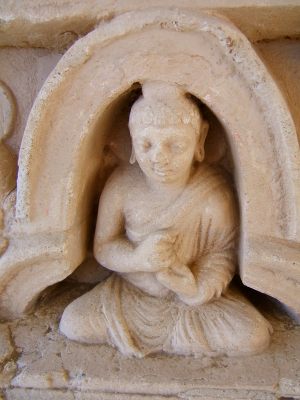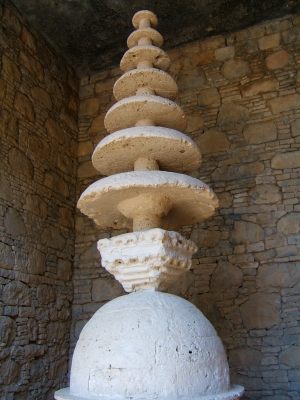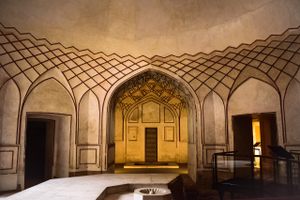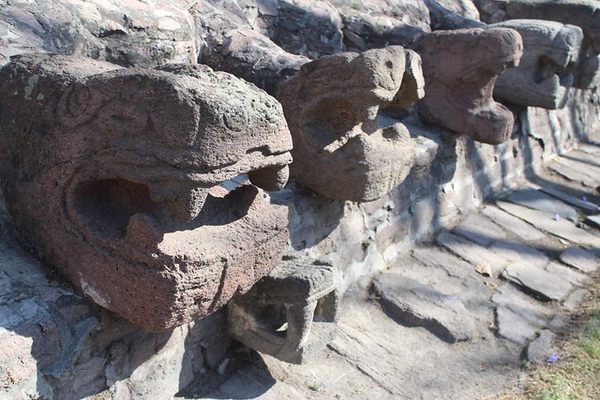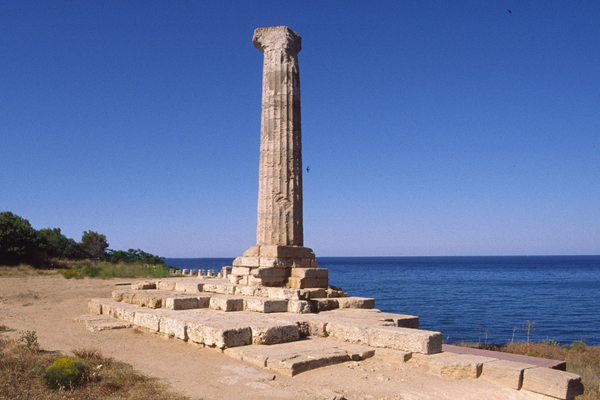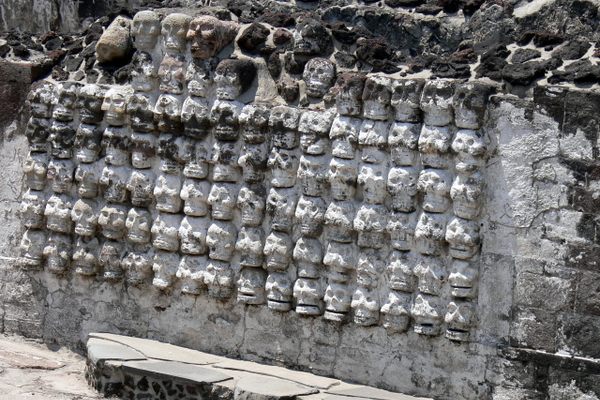About
Just as trees show their lives by examining their rings, peeling back the layers at Taxila demonstrates the fascinating influences of multiple civilizations that lived at this ancient city along the Pakistani Indus river.
Brought to the attention of the outside world by way of tales from Indian and Greco-Roman literature, Taxila presents an explorable walk through the rise of human civilization in Southeast Asia, from Neolithic tombs all the way through to the footsteps of the Buddha himself.
Located at the junction of ancient trade routes bestowing prosperity to the area, Taxila is a giant in terms of both size and scope of its archeological holdings. Three distinct masonry techniques divide the site into three separate "cities" hailing from three distinct time periods. In addition to its famed Buddhist stupas, some of which predate the tradition of physical representations of the Buddha, Taxila is considered by many to have the world's first university, Takṣaśilā. Moreover, the ruins at Sarai Kala were home to Early Harappan remains dating back to as early as 2900 BCE.
A headless statue of the Buddha has a unique feature. Its navel was so pronounced that through the years, devout Buddhists started inserting a finger in it while praying. After years of this practice, the navel has become a comparatively extra-large hole in the abdomen of the Buddha.
Though far less well-known than many other historic sites, few places on Earth have such a concentration of our historical record; so it was with little surprise that UNESCO Designated Taxila a World Heritage Site in 1980. With this influx of preservation and curatorial-mindedness, a museum was created to provide an efficient guide to the three millennia of human civilization underfoot, making the city's vast wonders accessible to all.
Related Tags
Community Contributors
Added By
Published
September 25, 2015

